These symbolic archetypes are very old. The earliest written record we have is often in fairy tales.
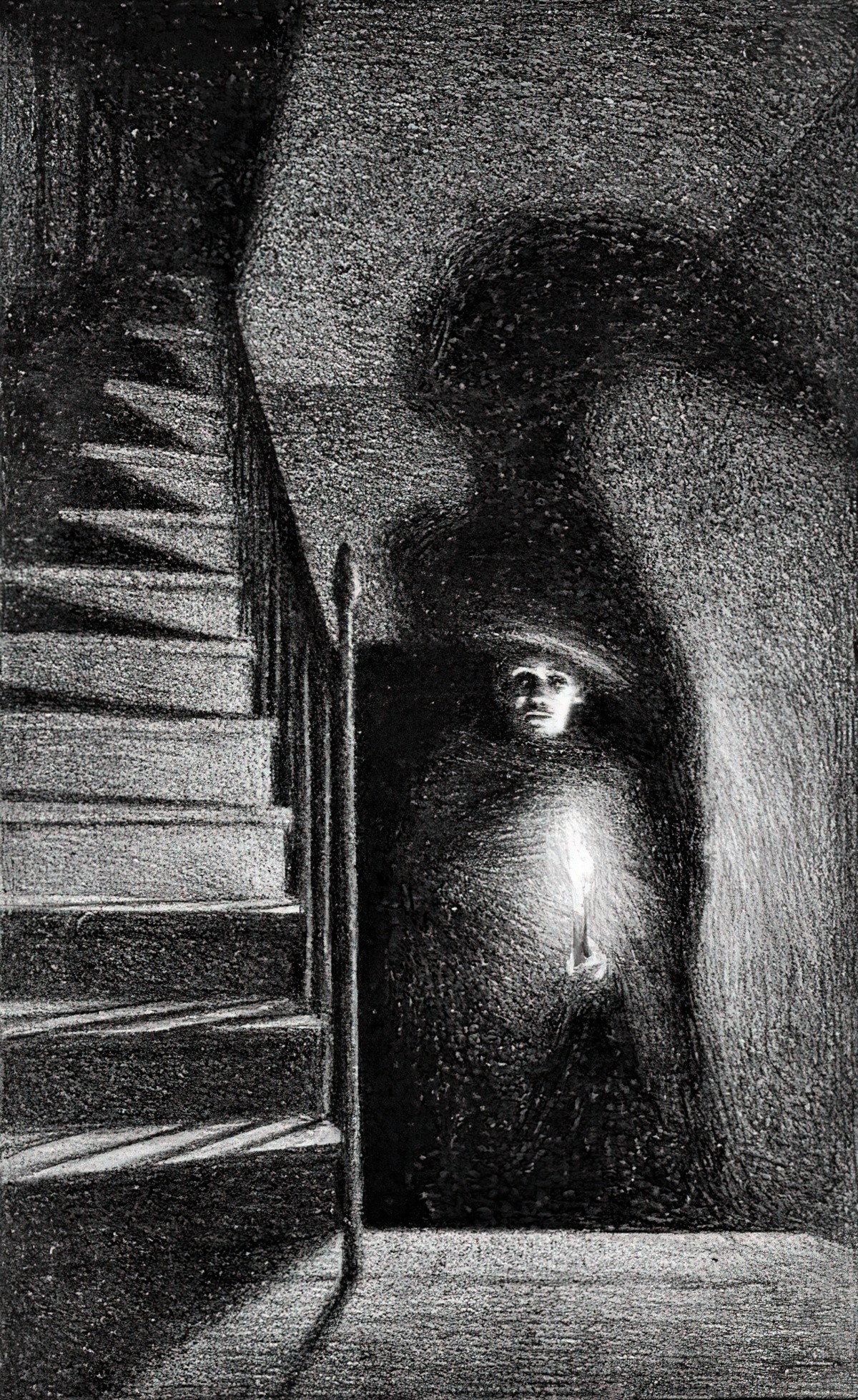
Innate Wisdom vs. Educated Stupidity
Some characters exhibit wisdom and understanding of situations instinctively as opposed to those supposedly in charge. Loyal retainers often exhibit this wisdom as they accompany the hero on the journey.
This pretty much describes all carnivalesque picture books. “The Wisdom Of Children” is an ideology common to children’s literature, in which it is thought that humans are born natural and wise, and that cultural conditioning ruins us somehow, by making us sophisticated and blind to the realities around us. Children (and animals), from their naive but unadulterated perspectives, are able to see things that adults cannot. This is helped by their smallness, and how they are close to the ground and literally see the world from a different angle. Therefore, perspective shots from low angles illustrate this archetype.
Supernatural Intervention
Spiritual beings intervene on the side of the heroes, or sometimes against them.
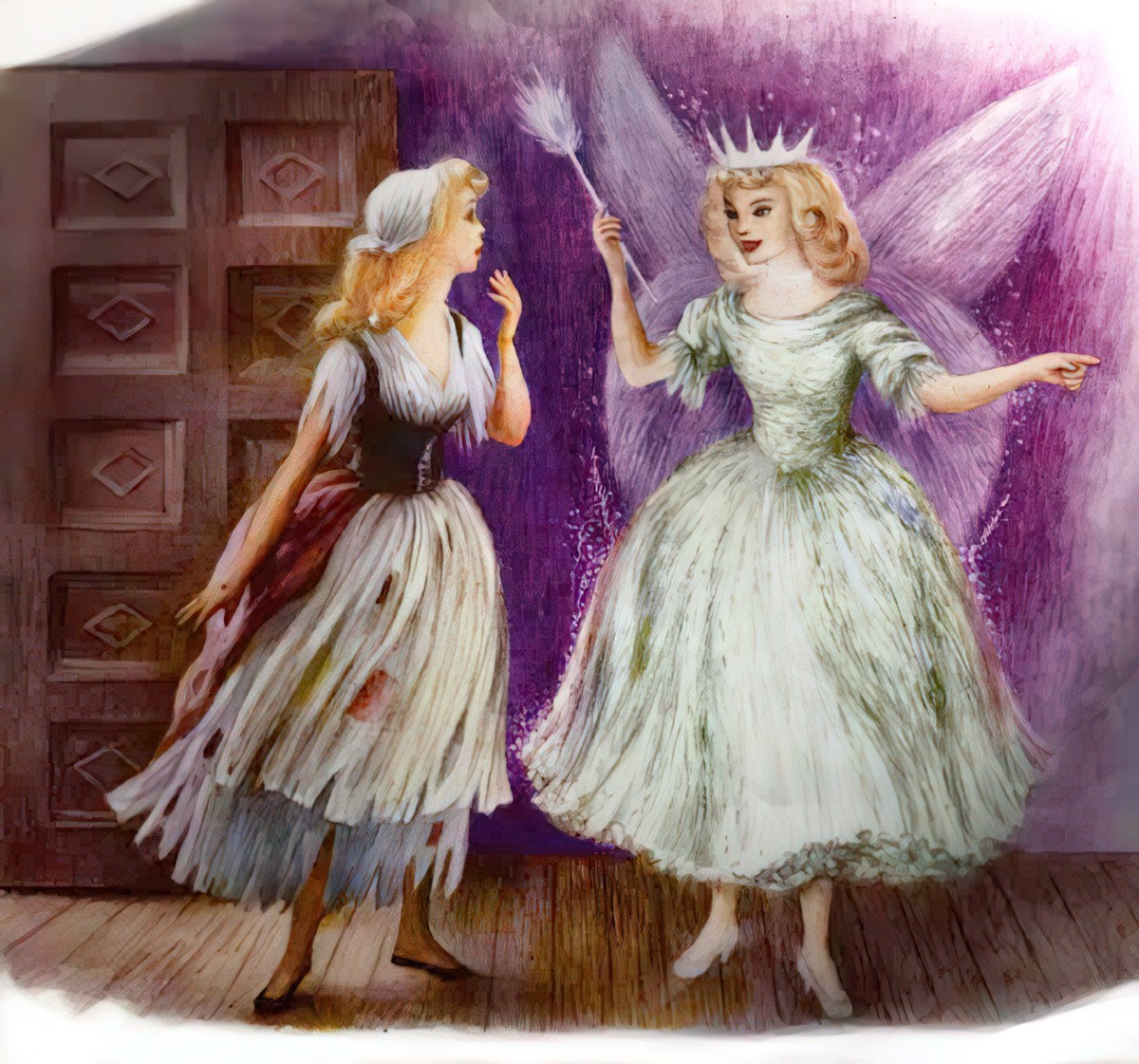
Fire and Ice
Fire represents knowledge, light, life, and rebirth.
If we watch fire in the fireplace, which is a source of pleasure and comfort, it is expressive of a mood of aliveness, warmth, and pleasure. But if we see a building or forest on fire, it conveys to us an experience of threat or terror, of the powerlessness of man against the elements of nature. Fire, then, can be the symbolic representation of inner aliveness and happiness as well as of fear, powerlessness, or of one’s own destructive tendencies.
Erich Fromm, The Forgotten Language
Ice, like the desert, represents ignorance, darkness, sterility, and death.
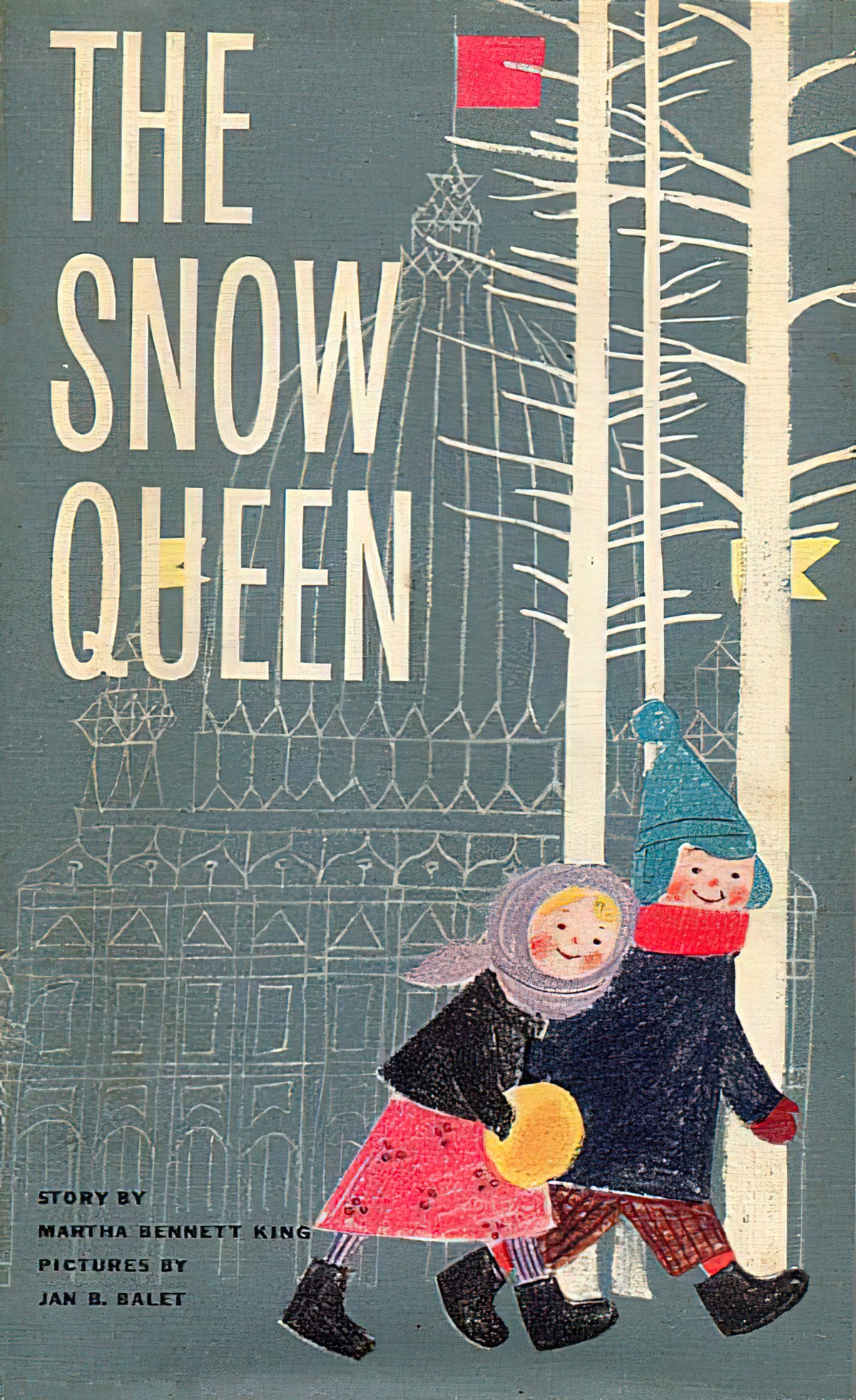
Snow in 101 Dalmatians increases the tension. Being lost and in danger is bad enough, but when snow cascades down… even worse. Especially when your paw prints can be tracked by Cruella de Vil.
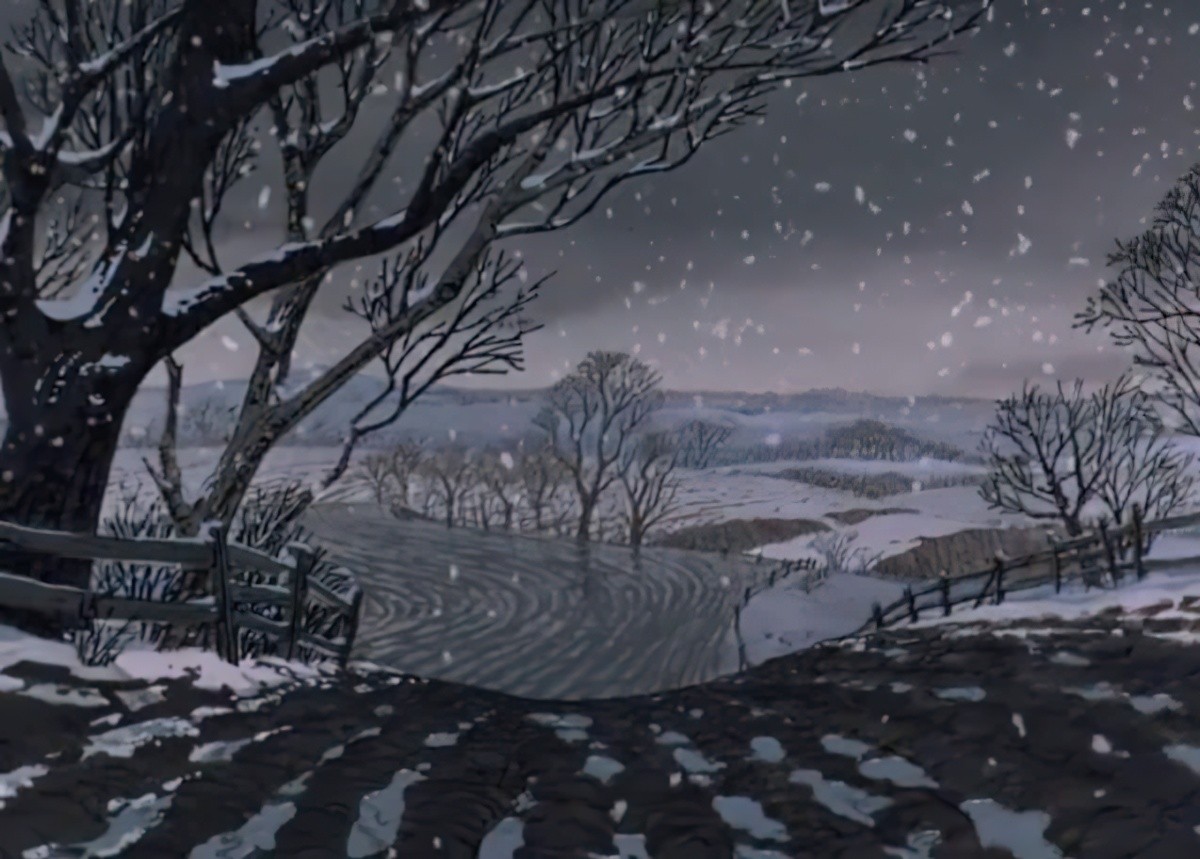
Nature vs. Mechanistic World
Nature is good; technology is evil.
Shaun Tan subverts this archetype in The Lost Thing. The weak, vulnerable ‘character’ is a machine who no one notices.
The Threshold
Thresholds are symbolised by a gateway to a new world which the hero must enter to change and grow. Fantasy portals take many forms.
Eric, by Shaun Tan, features a fantasy gateway which neither the narrator nor the audience fully understands.
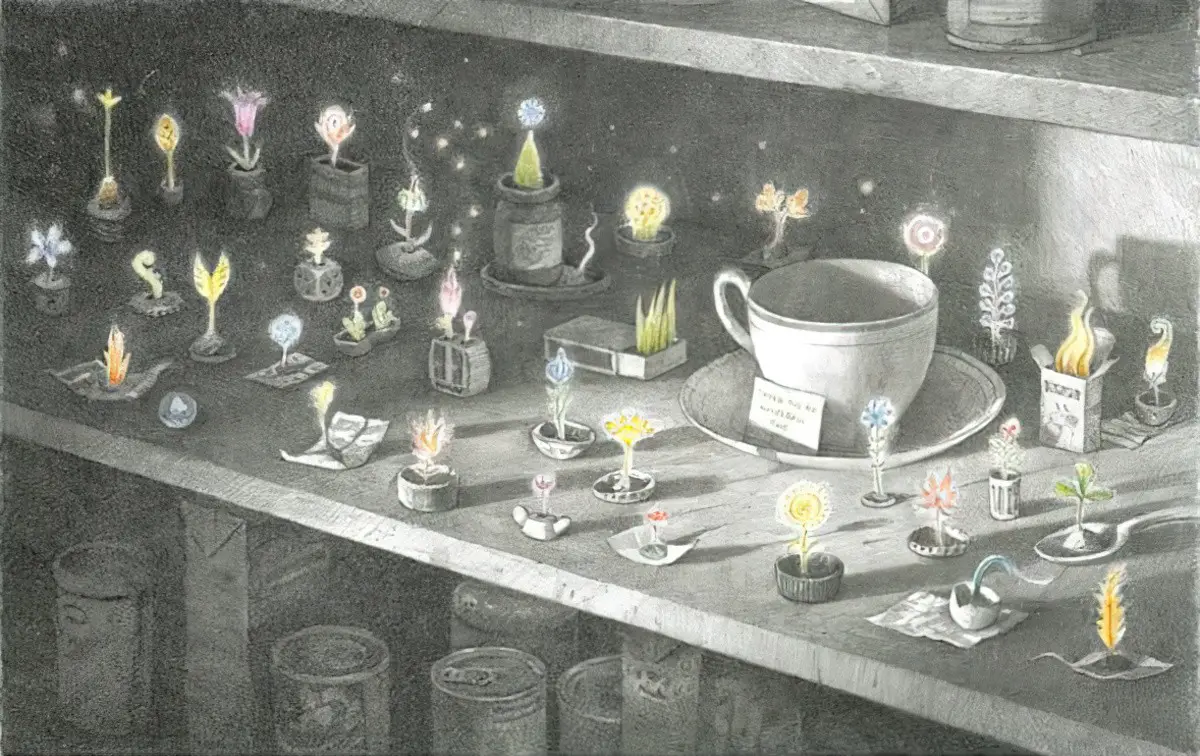
The Underworld
The underworld is a place of death or a metaphorical encounter with the dark side of the self. Entering an underworld is a form of facing a fear of death.
An overland tunnel achieves a similar thing. The 101 Dalmatians film is basically a long chase scene. A tunnel is used at some point to heighten the feeling that we’re on a journey and there’s nowhere to go but forward.
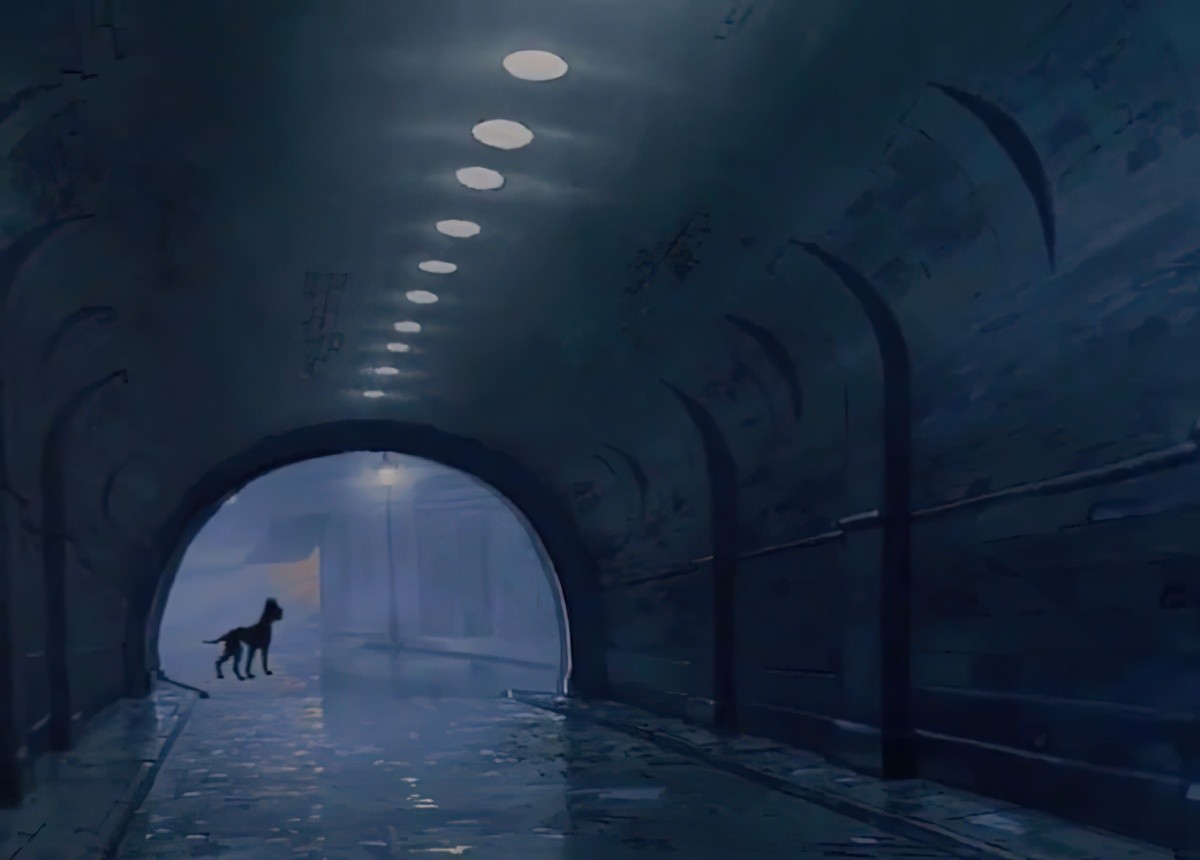
In fairytales, the forest can stand in for the underworld. (See below)
Haven vs. Wilderness
Places of safety contrast sharply against dangerous wilderness. Heroes are often sheltered for a time to regain health and resources.
This describes all fairytale worlds in which there is a forest right next to a town or village.
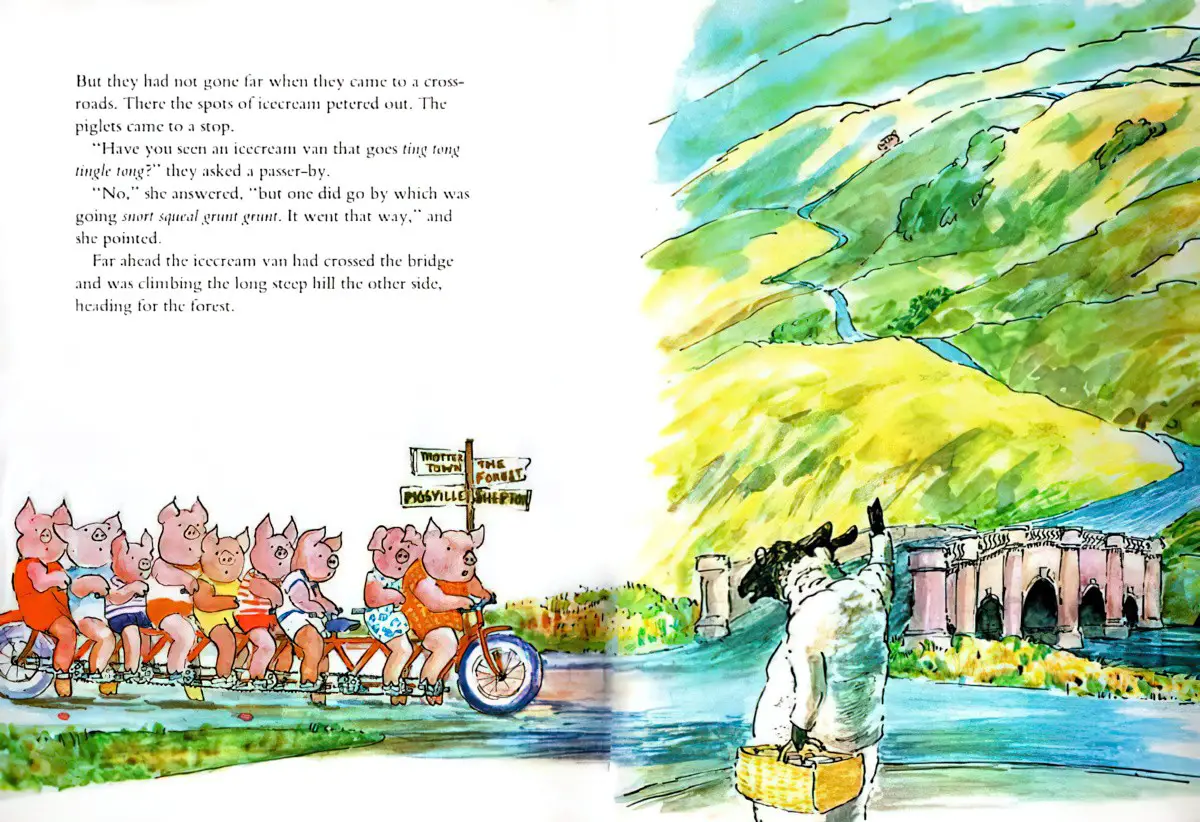
See here for Symbolism of the Forest in Storytelling.
See also The Symbolism of Windows, in which a pane of glass often separates these two settings.
Water vs. Desert
Because water is necessary to life it commonly appears as a birth symbol. In religious ceremony, we have baptism. This symbolises spiritual birth and commonly involves water. There may be a strong psychological/physiological reason for this link — a lot of swimmers will tell you there’s nothing like a bracing dip in the ocean to completely clear the mind.
Rainfalls, rivers, oceans, etc. function the same way.
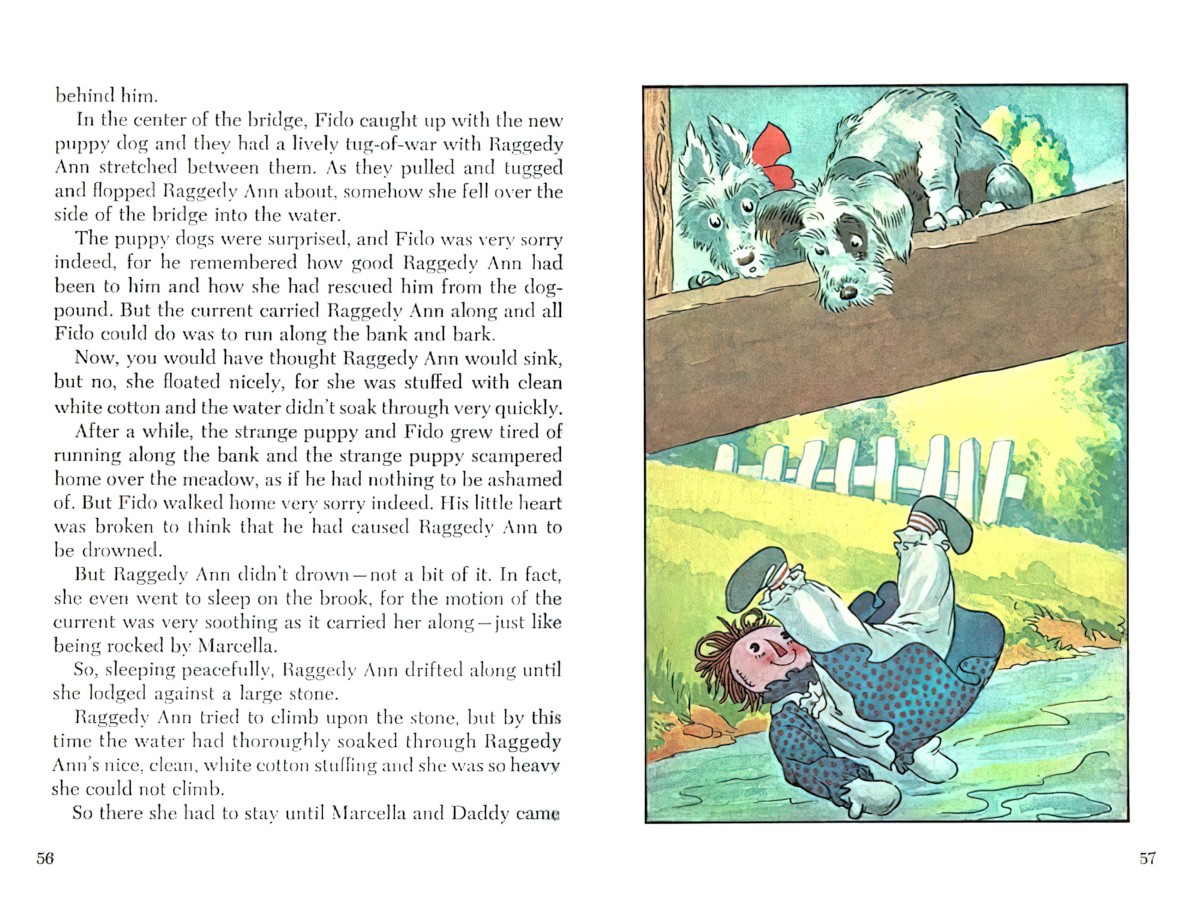
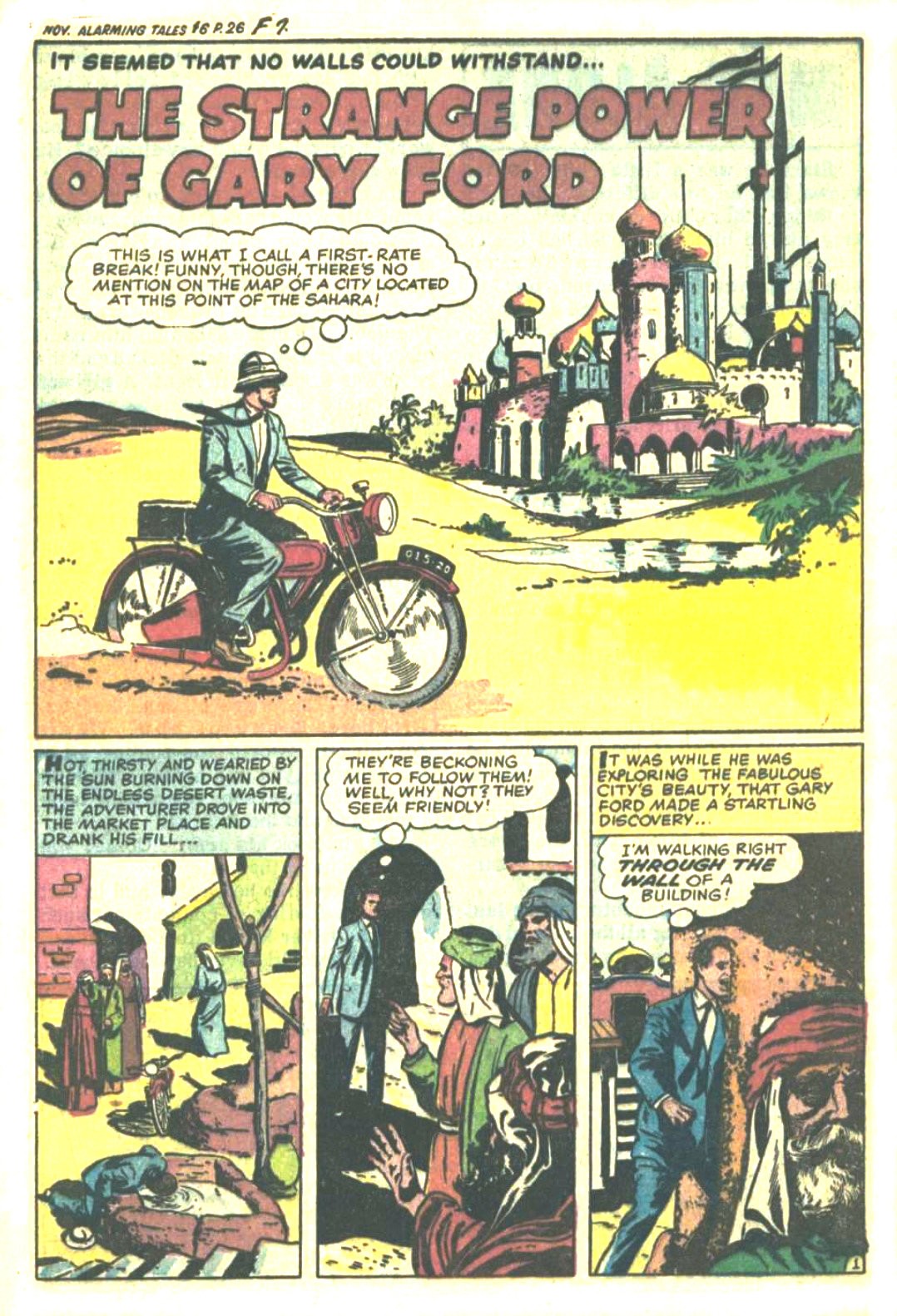
In visual media like film, a dip in the water often accompanies the character’s Anagnorisis. A great example of that is the film American Honey.
The Desert suggests the inverse.
Throughout most of human history, towns were situated next to dependable rivers. Western towns in films such as High Noon, The Searchers, The Wild Bunch, and Unforgiven, however, are situated in the middle of some of the driest places on earth. Perhaps that’s because deserts, in the Hebrew, Christian, and Islamic Bibles, are places of spiritual conflict.
Howard Suber
Heaven vs. Hell
Parts of the universe not accessible to us = the dwelling places of the primordial forces that govern our world. Gods live in the skies and mountaintops. The bowels of the earth contain diabolic forces.
See also: The Symbolism Of Altitude
The Maze
The maze represents a puzzling dilemma or great uncertainty. The maze can be part of mythic structure, symbolising the search for the dangerous monster inside oneself, or a journey into the heart of darkness.
It doesn’t have to be a literal maze, but might instead be getting lost in an urban jungle.
Shaun Tan’s The Lost Thing is an example of an urban jungle maze.
The Cat Returns features a darkly humorous maze scene full of meta-humour and slapstick.
The maze is often a microcosm of the mythic journey, which is usually ‘epic’.
The Castle
The castle is a fortified place of safety which protects treasure or princess. The castle may be enchanted or bewitched, especially in the Gothic tradition.
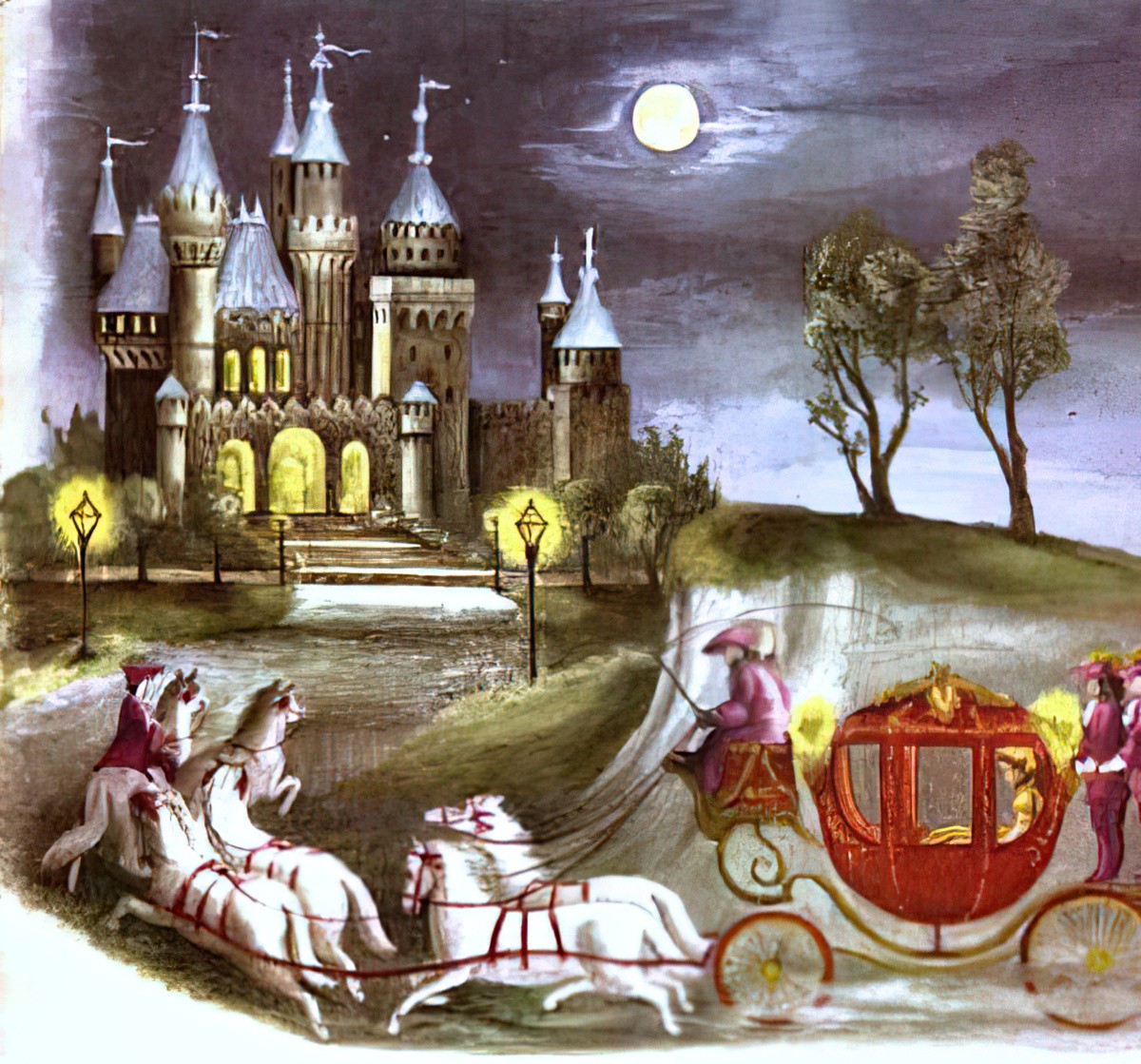
Castle Motif on StorySearch
The Tower
A tower is similar to a castle but represents the isolation of self. Bluebeard’s castle was probably a tower.
Rapunzel is the archetypal tower.
Tower motif on StorySearch
The Magic Weapon
In a traditional mythic story, the hero needs a weapon to complete his or her quest (but mostly still his, because most heroes are males and when heroes are female they often don’t fight). In a big struggle-free myth, the characters don’t fight — instead they think and feel themselves out of a tight fix. In that case, the hero probably needs a mentor, or a library book or a magic spell (as in Brave). Interestingly, there is archery (weaponry) in Brave, but it’s not actually used for fighting. It’s more of a prop, and aids as a symbol for fate and the passing of time.
Mountains And Valleys
See here for the symbolism of altitude.
The valley enclosed between mountains can arouse in us the feeling of security and comfort, of protection against all dangers from the outside. But the protecting mountains can also mean isolating walls which do not permit us to get out of the valley and thus the valley can become a symbol of imprisonment. The particular meaning of the symbol in any given place can only be determined from the whole context in which the symbol appears, and in terms of the predominant experiences of the person using the symbol.
Erich Fromm, The Forgotten Language
The River
See here for all the different symbolic uses of the river in children’s literature.
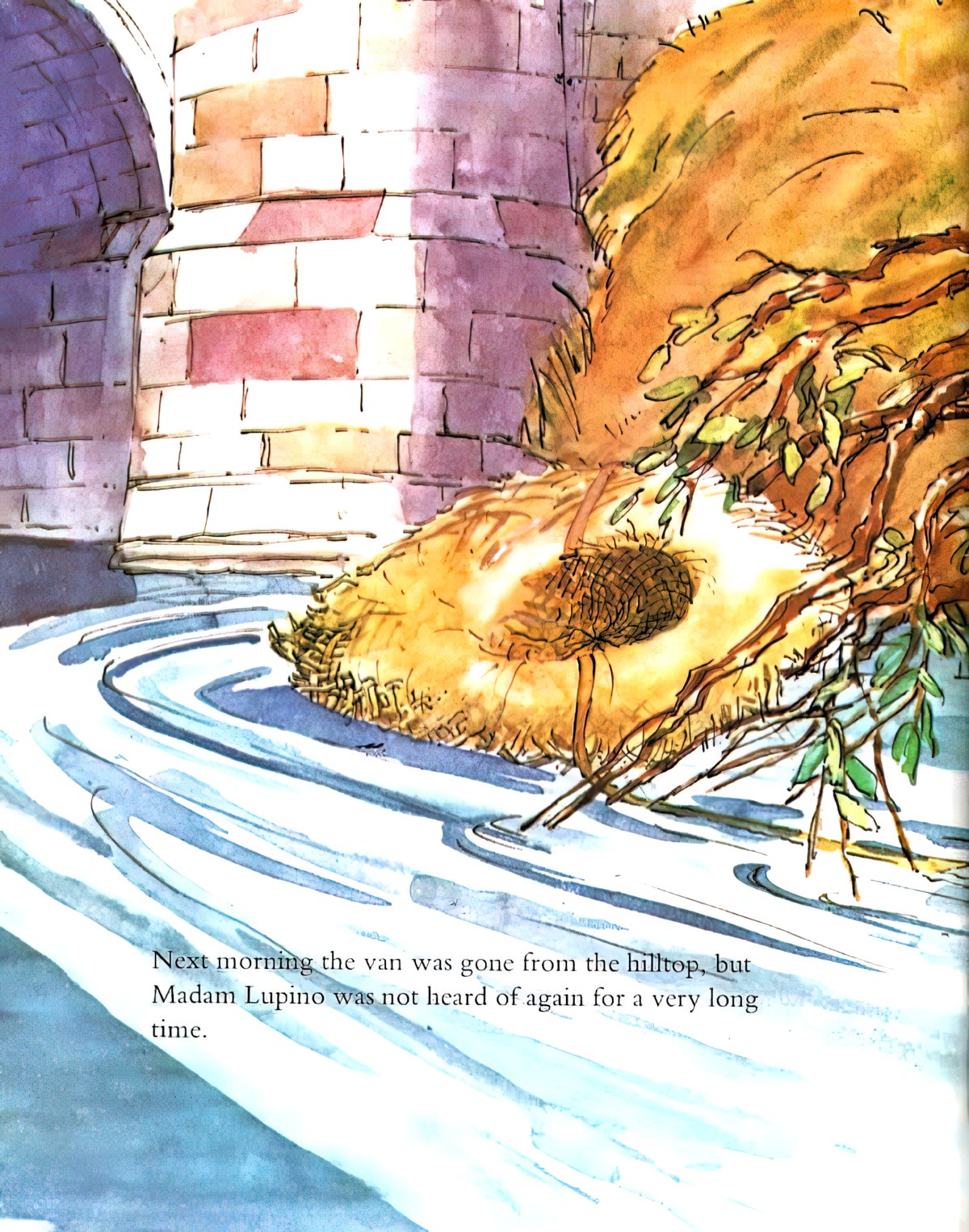
Whirlpools
The whirlpool generally symbolises the destructive power of nature or fate.
In A Fish Out Of Water by Helen Palmer (first wife of Dr Seuss), the whirlpool stands for something mysterious happening below.
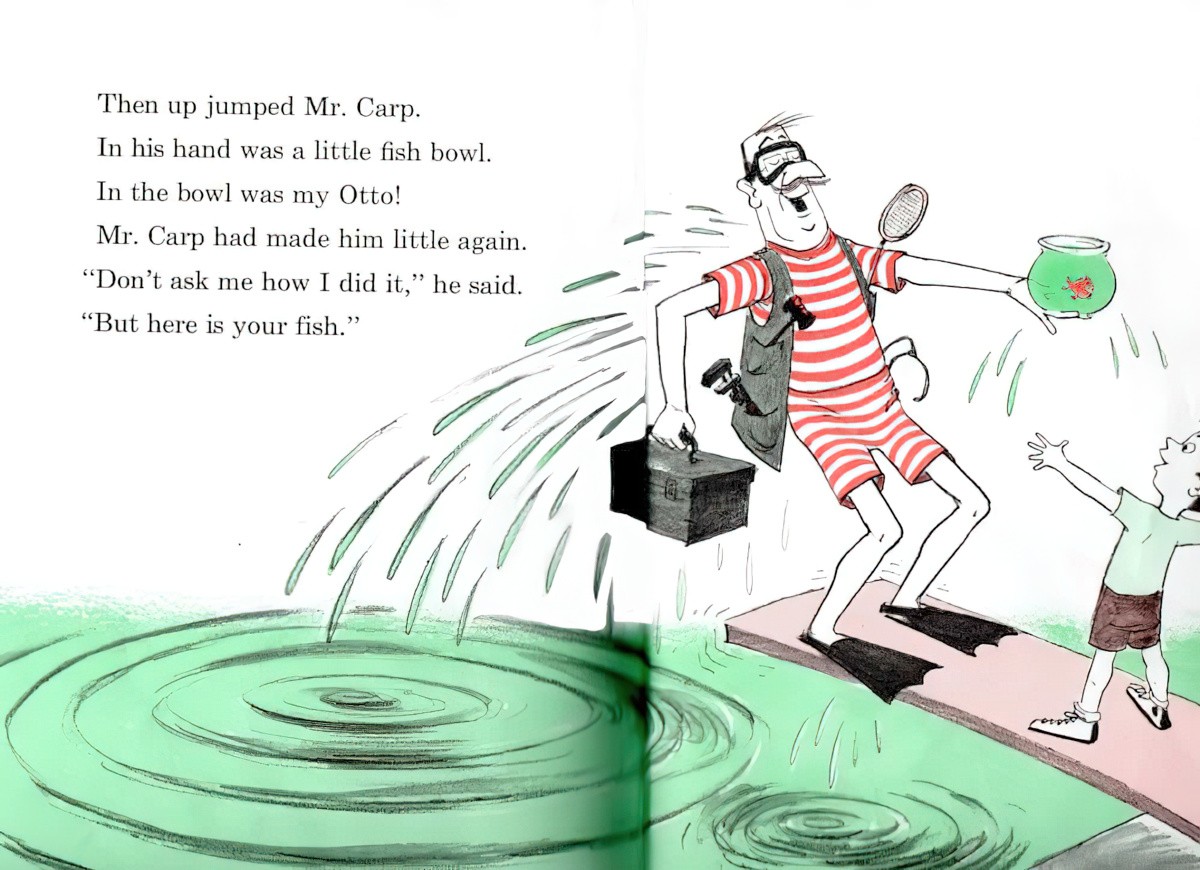
Fog
See here for more about fog symbolism in literature.
Fog was once thought to be caused by demons/magic. In other stories fog is an ogre who has drunk until he has burst. Fog can be dispelled by a saint. Fog is a representation of soul.
A picture book example is Blackdog by Levi Pinfold
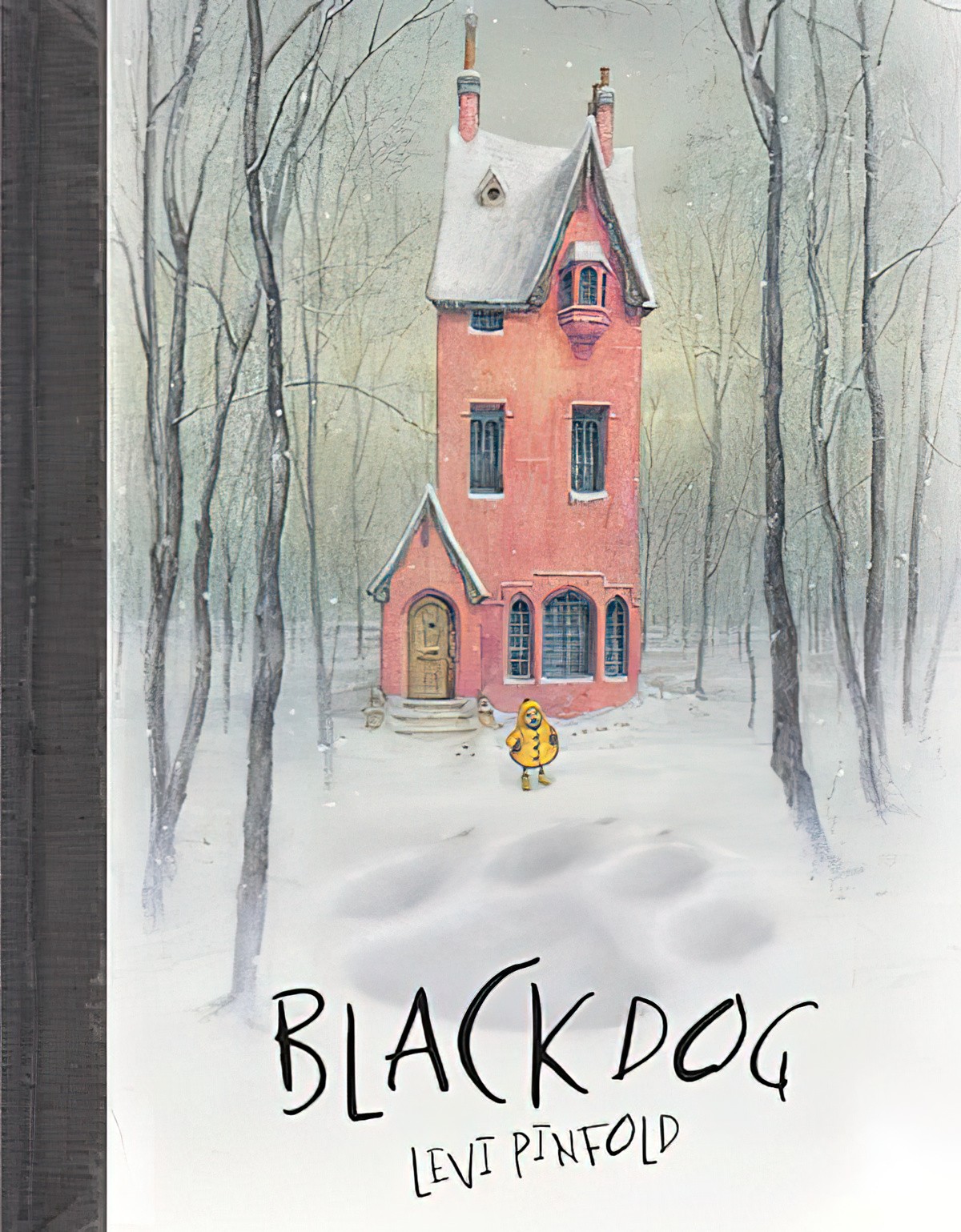
Colors
Red
blood, sacrifice, passion, disorder, autumn, women, hatred, death
Green
growth, hope, fertility
Blue
highly positive, security, tranquility, spiritual purity
Black
darkness, chaos, mystery, the unknown, death, wisdom, evil, melancholy
White
light, purity, innocence, timelessness (negatives: death, horror, supernatural)
Yellow
enlightenment, wisdom
Numbers
3
light, spiritual awareness, unity (holy trinity), male principle
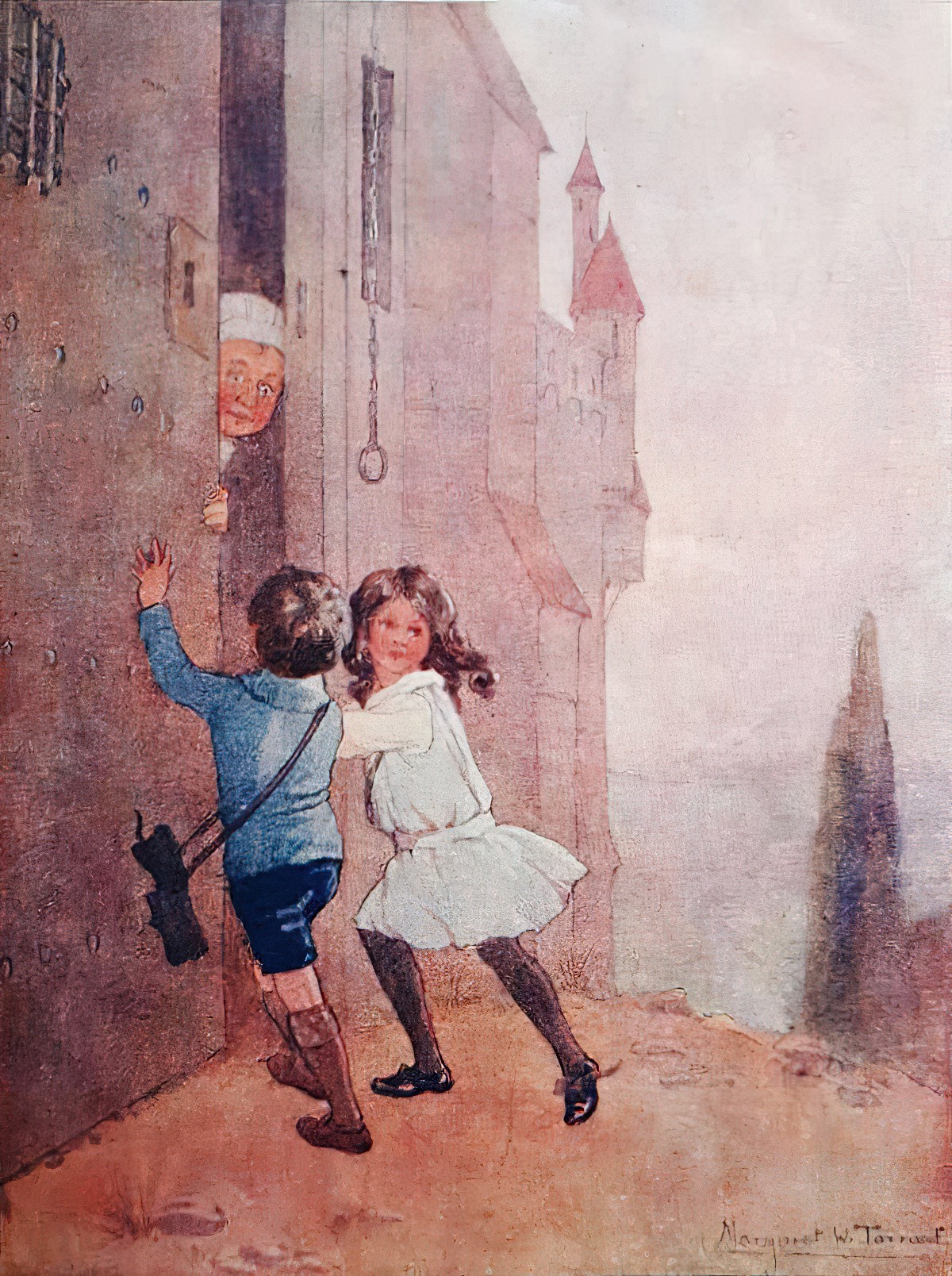
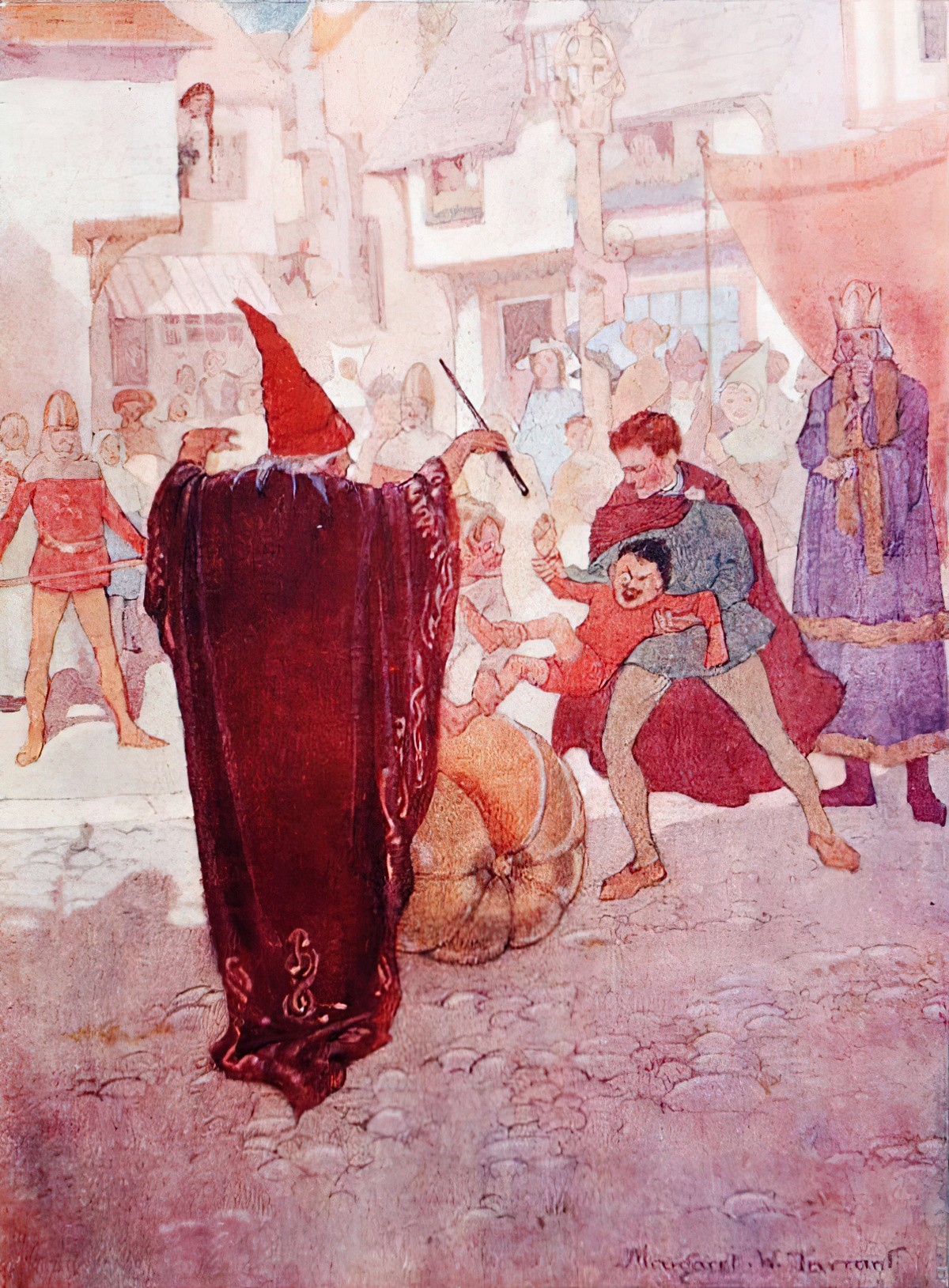
Children’s books are all about the Rule Of Three.
Three is a significant number in witchcraft.
4
associated with the circle, life cycle, four seasons, female principle, earth, nature, elements
5
Freemasons (like Pythagoras) regard the number five as sacred, hence they call the pentagram the Blazing Star. (Five points.)
Children’s books for girls tend to be circular in plot, following the seasons. (Books for boys, in contrast, are linear.)
7
the most potent of all symbolic numbers, signifying the union of three and four, the completion of a cycle, perfect order, perfect number, a religious symbol
Snow White And The Seven Dwarves
9
Nine is often considered a magic number. For example, cats have nine lives. The ancient Greeks said that the number nine referred to the trinity of all trinities. Cats have 9 lives: the facts behind the myth.
12
These symbolic archetypes are very old. The earliest written record we have is often in fairy tales.
Innate Wisdom vs. Educated Stupidity
Some characters exhibit wisdom and understanding of situations instinctively as opposed to those supposedly in charge. Loyal retainers often exhibit this wisdom as they accompany the hero on the journey.
This pretty much describes all carnivalesque picture books. “The Wisdom Of Children” is an ideology common to children’s literature, in which it is thought that humans are born natural and wise, and that cultural conditioning ruins us somehow, by making us sophisticated and blind to the realities around us. Children (and animals), from their naive but unadulterated perspectives, are able to see things that adults cannot. This is helped by their smallness, and how they are close to the ground and literally see the world from a different angle. Therefore, perspective shots from low angles illustrate this archetype.
